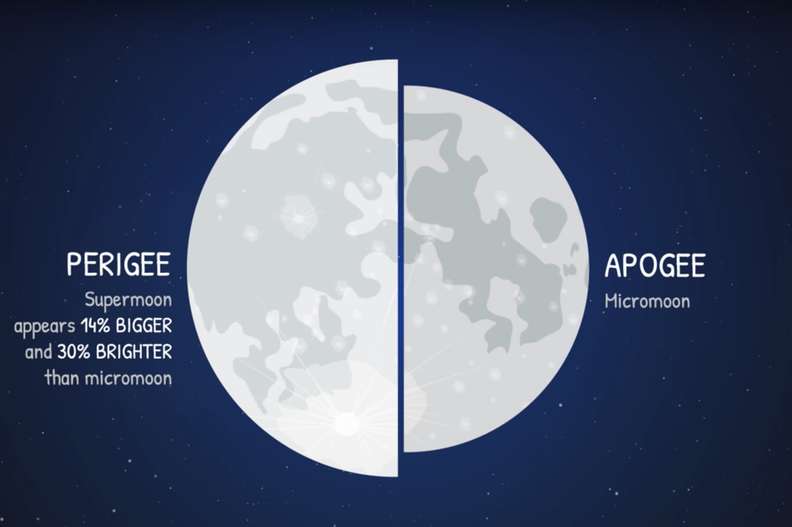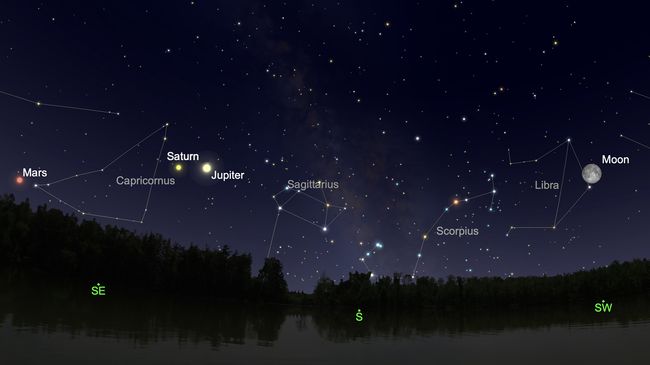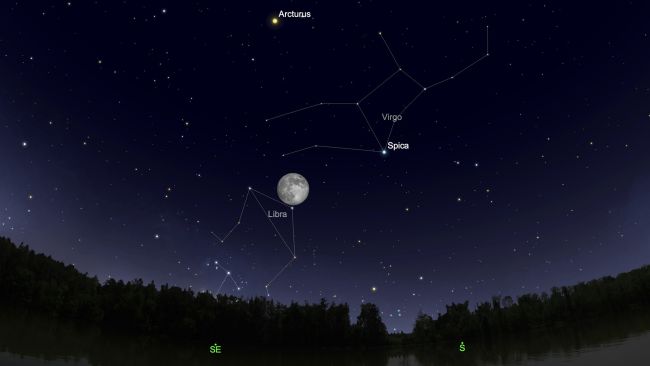See the last supermoon of 2020

Supermoons are a lot like Oreos. By the time you get to the last one in the package, you may have had your fill. Moreover, some part of your brain is telling you there will always be more, but that’s not guaranteed to be the case. Also, they’re round. Can’t overlook that.
Well, we’re at the last Oreo in the supermoon package. It’s been a good run. There have arguably been four straight supermoons in 2020, but the full moon on the night of Thursday, May 7, will be the last full moon supermoon of 2020. It’ll actually be the last one until April 2021. With a few in a row, you might feel like you’ve had your fill, but it’s last call on supermoons for a real long time.
What is a supermoon?

A supermoon is a full moon or new moon that coincides with the point closest to Earth in its elliptic orbit. The term was coined by astrologer Richard Nolle in 1979. A supermoon is about 6% larger than a typical full moon and around 14% bigger than a micromoon, which is when the moon is at its furthest point from Earth.
Greg Brown, an astronomer at the Royal Observatory, said: “The moon’s orbit around the Earth is not entirely circular, instead a slightly flattened circle or ellipse. As such, it is sometimes closer to and sometimes further away from the Earth.
Get set for the “super” Full Flower Moon of May! The full moon will occur on Thursday (May 7) at 6:45 a.m. EDT (1045 GMT), and it will be the last supermoon of 2020. See it at its fullest and brightest tonight (May 6) with your own eyes or a live webcast.
The full moon arrives just 32 hours after the moon reached perigee, or the closest approach to Earth in its orbit. That makes this a “supermoon,” according to NASA.
You will see a very subtle difference in the moon’s size, as supermoons appear up to 7% larger and 15% brighter than the usual full moon. On May 7, the supermoon will be about 33 arc minutes (0.55 degrees) across, compared to the usual 31 arc minutes (0.52 degrees).
NASA says this will be the last supermoon of 2020 after a string of larger-than-usual moons early in the year, in February, March and April.
Observers in New York City will see the moon rise tonight at 7:10 p.m. local time, which is 48 minutes before sunset, according to timeanddate.com. The moon sets over New York City on Thursday (May 7) at 6:06 a.m. local time, 20 minutes after sunrise and about 39 minutes after the moon is at its fullest.
So, to get the best view of the supermoon, you’ll want to look up early Thursday morning, as the moon will appear bigger and brighter than it will at the end of the day. It will rise again Thursday evening at 8:26 p.m. local time, or about an hour and a half after sunset. The moon will be in the constellation Libra.

To look at the moon, you really need little more than your eyes and clear skies; give yourself a few minutes to adjust to the darkness of the night, and bundle up if you are still feeling the spring chill in your region. A pair of binoculars will reveal dark and light regions of the moon in more detail, including some craters. A telescope will show the most detail, although it may be hard to see the surface under full moon conditions because there are few shadows on the surface.















Add Comment